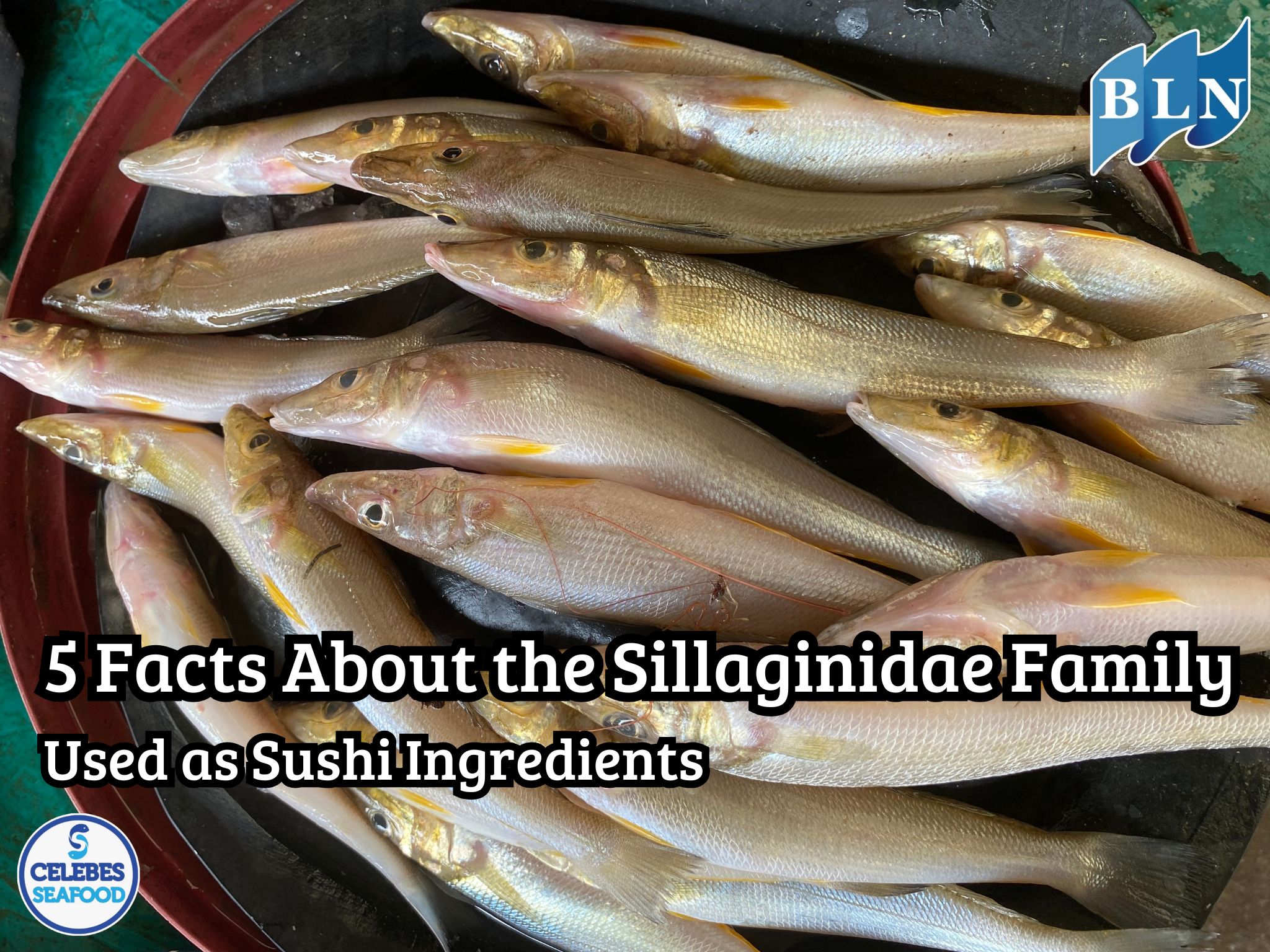9 Delicious and Nutritious Fish Most Loved by Japanese People
By. Rani - 31 May 2025
lautnusantara.com As widely known, Japan has the highest fish consumption rate in the world. The Japanese government actively encourages its citizens to consume more fish.
That's why people in Japan eat fish daily, or at least 3-4 days a week. Approximately 70 percent of "Land of the Rising Sun" residents enjoy grilled fish, while 63 percent prefer raw sashimi, and 50 percent opt for sushi.
This isn't surprising, as Japan boasts an abundant supply of fish and seafood. If locals weren't keen on consuming it, a significant amount of seafood would need to be exported. Furthermore, the nutritional content of fish and seafood is known to be very healthy for humans.
Here are some of the most beloved fish by Japanese people, which could inspire your next seafood dish:
Shishamo
This small, round-eyed fish with a slender body is very popular in Japan. It's not complicated to prepare; it can be grilled whole or served with a pinch of salt and a squeeze of lemon juice. This fish is eaten with its bones. Shishamo can be found in many bars or izakayas. Small shishamo are also commonly used as fishing bait.
Japanese Yellowtail
Also known as buri, this fish is abundant as winter approaches. It's generally easy to order this type of fish in most traditional Japanese restaurants, often featured in sashimi and sushi menus. It can be served with soy sauce, sugar, and other sauces. Daikon radish and appetizing vegetables are often served alongside it.
Sea Bream
Often associated with symbols of luck and prosperity, this fish is a staple at every important celebration or ceremony in Japan, such as wedding parties or national holidays. Besides being prepared as sashimi, sea bream is also served baked or grilled.
Katsuo
The savory and delicious taste makes katsuo a favorite among Japanese people. Shredded or minced katsuo meat is typically added to Japanese dishes. Its meat is firm and delightful. When winter arrives, Japanese people use it as an ingredient for fish soup, broth, or sauce.
Unagi
Unagi, or freshwater eel, is also cherished by Japanese people on various occasions, especially to provide warmth during chilly winter days. Residents of the Land of the Rising Sun often make eel a dinner staple to warm the body and maintain skin moisture during extreme weather.
Mackerel
Another popular fish on Japanese dining tables is mackerel. This type of fish is easily caught around Japanese waters and Hokkaido island. In factories, mackerel is quickly processed into canned sardines and then exported to various countries worldwide.
In Japan, mackerel is served as battera, a traditional Osaka dish where mackerel is preserved or pickled with vinegar and konbu seaweed. Additionally, horse mackerel is more commonly deep-fried until crispy as a snack or as an accompaniment to sushi and oshizushi.
Salmon
Not only in Japan, but salmon is also a favorite menu item in restaurants worldwide. Salmon can be used in various cooked dishes due to its very soft texture and ability to easily absorb seasonings. Even seasoned simply with butter, salt, or black pepper, the resulting flavor is savory and delicious. Despite its relatively high price, salmon will always hold a special place in the hearts of Japanese-style seafood culinary enthusiasts.
Chum Salmon
This name might still be unfamiliar to people in other countries, but in Japan, it's a widely popular and beloved fish. Chum salmon, also known as "dog salmon," is usually a favorite breakfast item in hotels across Japan. It can also be served in a bento box or lunchbox often sold in food stores or as traditional Japanese souvenirs.
Furthermore, chum salmon can be served as ochazuke, in shredded or small pieces, then added to rice, hot matcha tea, and dried seaweed (nori).
Bluefin Tuna
Japan's abundant ocean resources mean many types of fish inhabit their natural habitat, including bluefin tuna. Most Japanese people say that bluefin tuna is most delicious when used for sushi or sashimi because of its soft, melt-in-your-mouth texture and distinct savory flavor. Once you try it, you're guaranteed to be hooked.
This fish, which can weigh up to 180 kg when mature, can be valued at up to IDR 400 million (approximately $25,000 USD). Sushi restaurant operators generally use bluefin tuna from the Pacific Ocean because it's considered healthier due to its mercury content. Additionally, the world's largest fish market, Tsukiji Market, also offers bluefin tuna of guaranteed quality.



.jpg)


 for Octopuses Beyond Mere Preservation.jpg)

